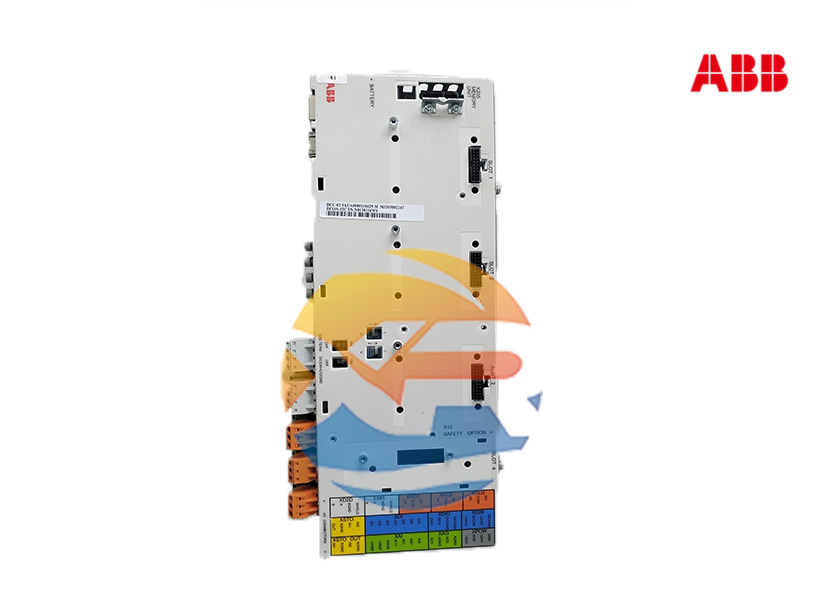In industrial automation and power distribution, reliability is paramount. This reliability extends beyond the primary control systems to the auxiliary power that keeps them running. The ABB BCU-02 3AUA000110429 is a critical component in this context: a dedicated Battery Charger Unit. This article provides a comprehensive technical overview of the BCU-02, explaining its function, key features, and why it is a cornerstone for ensuring uninterrupted operation in critical applications like circuit breaker control and UPS systems.
The ABB BCU-02 3AUA000110429 is a sophisticated electronic module designed to perform a vital but often overlooked function: managing the battery that provides backup power for an electrical system. It is not a standalone product but a key part of larger systems, most notably found within ABB's UniGear type ZS1 medium-voltage switchgear and other related equipment.
Its primary purposes are:
The operation of the BCU-02 can be broken down into two main modes:
When the main auxiliary power supply is available, the BCU-02 operates as a high-quality battery charger. It converts the input power (e.g., 110/220V AC/DC) into a precise DC voltage suitable for both powering the connected load and "float charging" the battery. Float charging involves maintaining the battery at a voltage level that keeps it fully charged and ready for use, without overcharging it, which can significantly reduce the battery's lifespan.
If the main auxiliary power supply fails, the BCU-02 instantaneously and automatically switches the load to the backup battery. This transition is seamless and bumpless, ensuring that critical control and protection devices continue to operate without interruption. The battery will supply power for a duration determined by its capacity and the load, allowing for a controlled shutdown or until main power is restored.
The ABB BCU-02 3AUA000110429 is far more than a simple power supply. It is an intelligent power management device that guarantees the availability of control power. Its reliable operation ensures that protection relays can trip circuit breakers and control systems can remain operational during power disturbances, making it an indispensable component for the safety and reliability of medium-voltage electrical installations.